Lectures on line
Interkultur Paris now offers virtual lectures in total comfort, with no external noise or climatic risks. Thanks to screen sharing, videoconferencing enables you to travel through time and space without echo or external disruption, but also in complete security and in the comfort of your own home.
Several times a week, virtual seminars are available at a cost of €10 per person. Lasting an hour and a half on average, they are followed by an interactive Q&A session.
All seminars, organized with Explore Paris and the Office de Tourisme et des Congrès de Paris, focus on topics related to French history, architecture and society.
Contact us (contact@interkultur.fr) if you are interested in one of the following lectures:
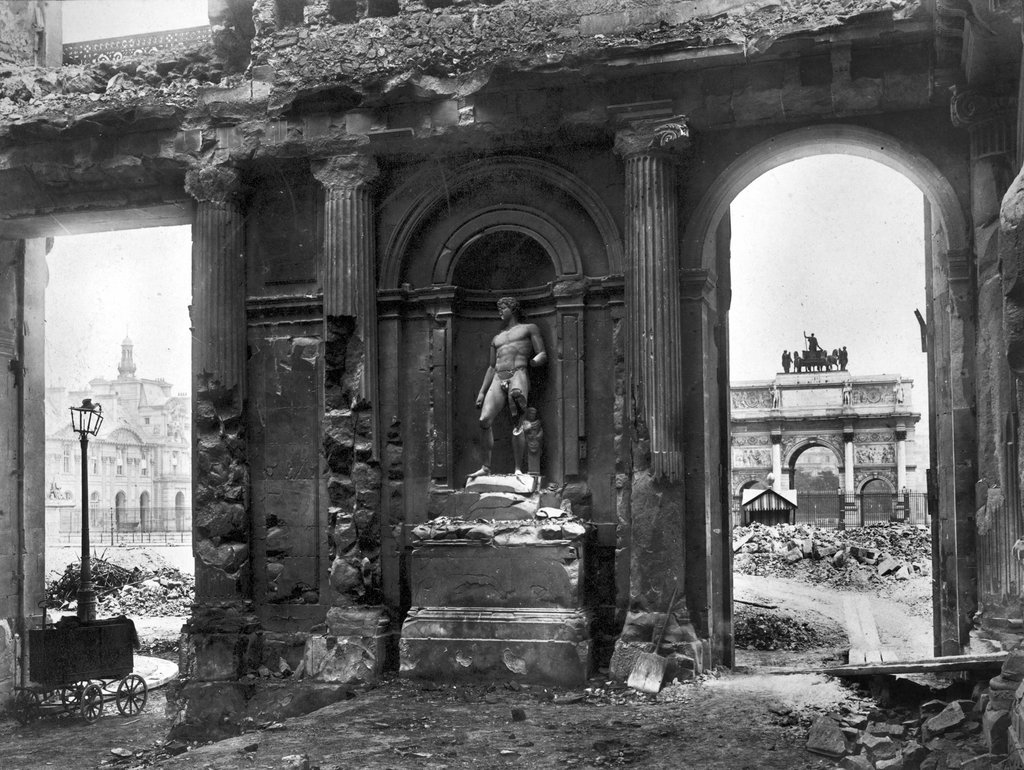
1871 in History and Art
1871, “année terrible” (the dreadful year) as Victor Hugo said, is a turning point in the history of France and Europe. Rather eclipsed by the two world wars, the period is nonetheless founding in history and in art.
This is one of the worse years in French history with the loss of two Eastern provinces, a country ravaged by war, a civil war and many major buildings destroyed in Paris.
In the aftermath starts a new era, with the Republic as a definite regime, and artists getting different styles.

A Black history of France
Looking at the heart of our diversities.
An overall review of the Black presence in France since the 16th century to the present day. With facts and numbers, we’ll go through stories with incredible characters, both French and foreigners, who marked this country.
The talk will review the Triangular trade, which for centuries ensured a dominant position to Europe, until the French Revolution, appointing the first Black members of parliament in the world. Then of course, the modern times with the American influence, up to the present period.
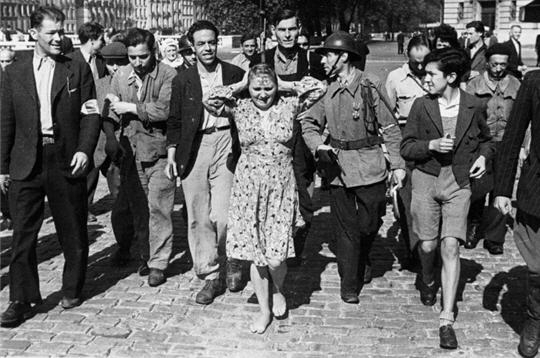
“L’Epuration” (The purge in 1944)
Focus on a little known episode from the end of the Second World War. With the Occupant forced retreat, proved or supposed Collaborators will have to account for their choices, whether it be to angry mobs, so called liberators or legal courts.
From the first days of the Liberation to the last court trials in 1951, the purge after the German Occupation will involve more than 150 000 people.
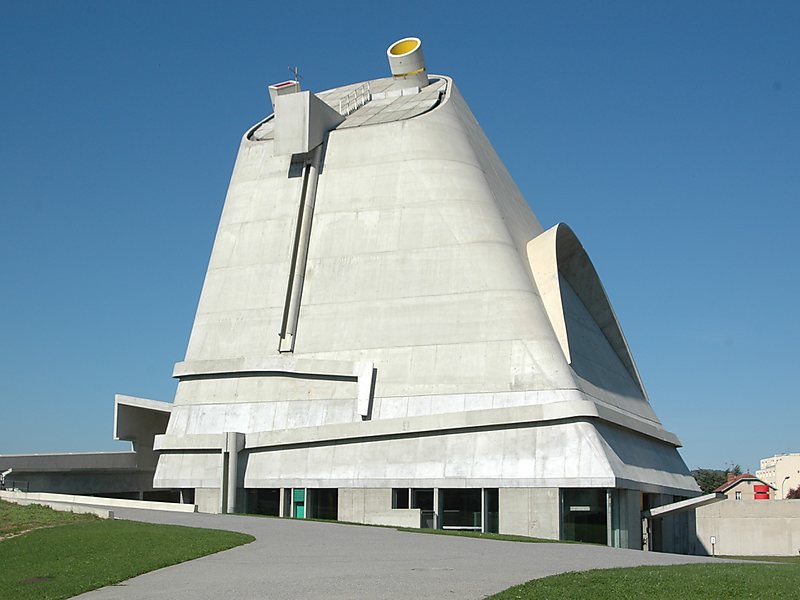
Le Corbusier
Charles-Edouard Jeanneret (1887-1965) is a distinctive figure of the architecture world. Author of a famous treaty in modern architecture, he left many examples with buildings all over France but also many other places around the world.
Although highly controversial, due to his theories and role during the war, Le Corbusier’s legacy is still fondamental in contemporary architecture.
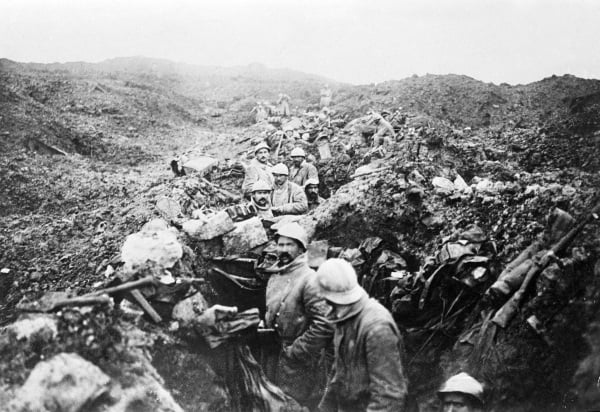
Verdun 1916
Verdun is for the French, by far the most famous battle of the First World War. Not as well-known for foreigners as the battle of the Somme or in the Flanders, it has significant importance in the course of the war and is today the prominent symbol of this incredible blood bath.
From February to November 1916, formidable assaults were launched by the German army to both obtain a decisive break through and discourage the French soldiers.
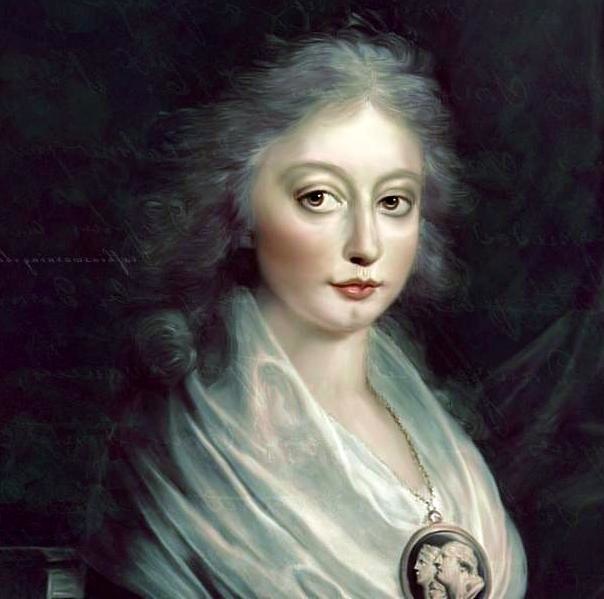
Marie-Thérèse Charlotte of France
Marie-Antoinette and Louis 16th’s only daughter is the sole survivor of the Royal family staying in France during the French Revolution. This incredible background will forge her destiny as the prominent figure in the monarchist party.
Married to the heir to the throne in post revolution France, she’ll end her life in exile, after the 1830 Revolution.
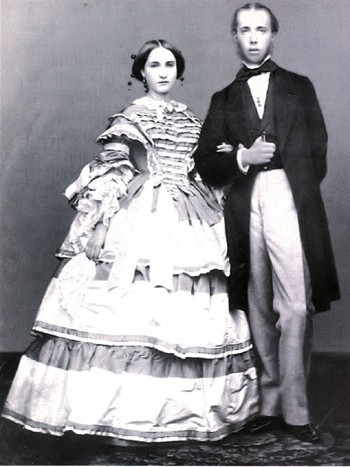
The Mexican campaign
Did you know France occupied Mexico in the 19th century?! We’ll go over the reasons and outcome of this rather sterile military venture as well as the fateful destiny of the French appointed emperor, an Austrian Archduke, and his wife, daughter of the first Belgian king.
From 1862 to 1867, the French Emperor vainly hoped for the creation of a vast and strong Latin Empire bordering the United States.
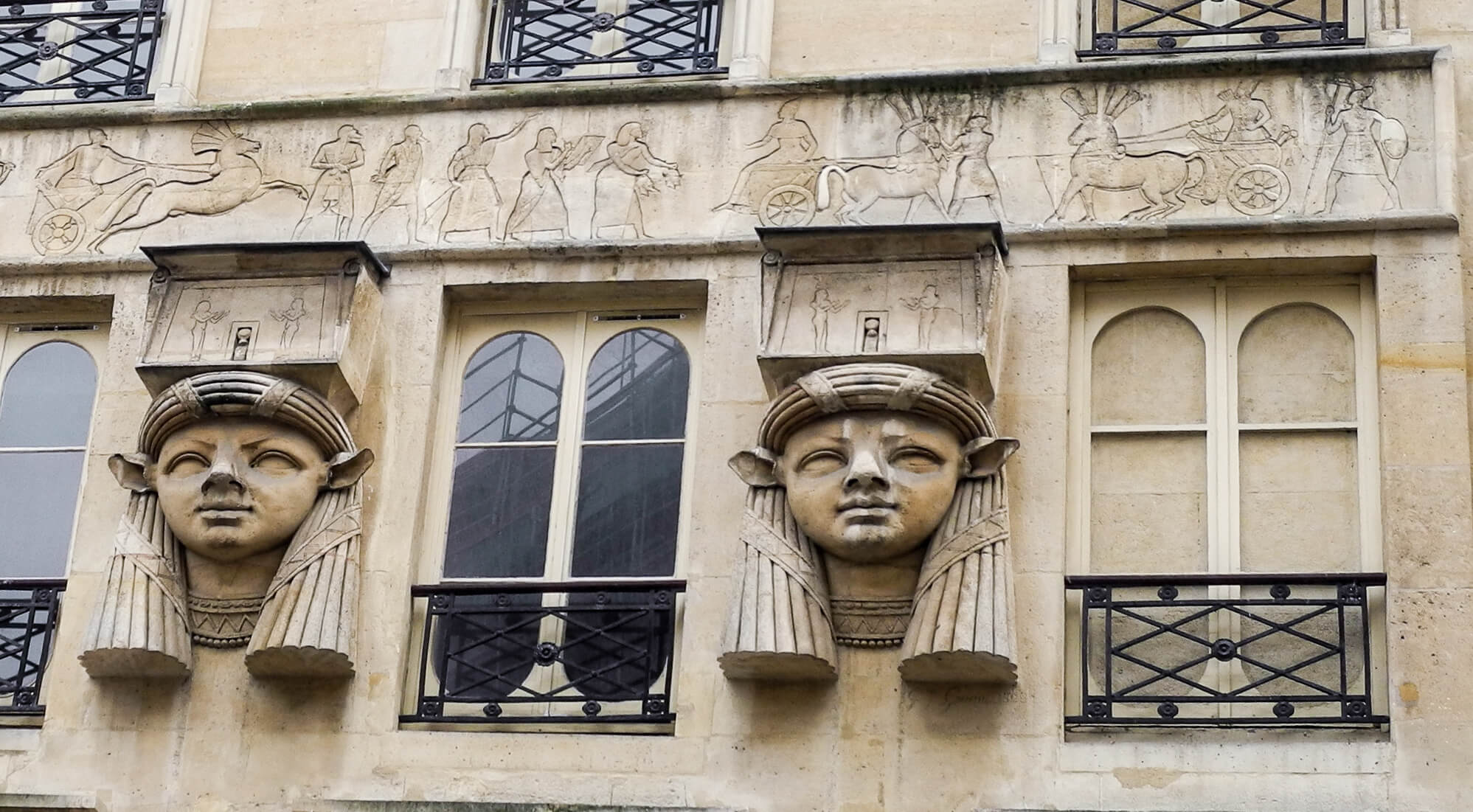
Egyptian Paris
Napoleon Bonaparte’s expedition to Egypt in 1799 nourished fantasies about the Orient that had long existed in Western art and design. The first ever military campaign set up with scientists provided a tremendous improvement in their knowledge, but also interesting changes in architecture, still visible in today’s Paris.
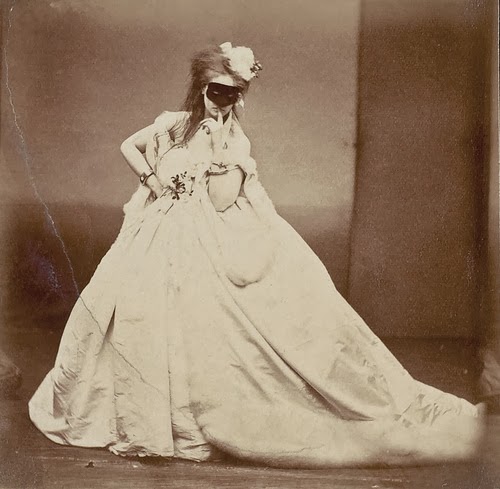
Women who made Paris
If 95 % of Paris metro stations bear a man’s name, things are now changing. This is why it’s time to paint a portrait of a few women who have literally influenced the destiny of the City of Lights, but also the whole country, and far beyond in many ways. Either feminists, politicians, stylists, models… They all deserve a vibrant tribute!
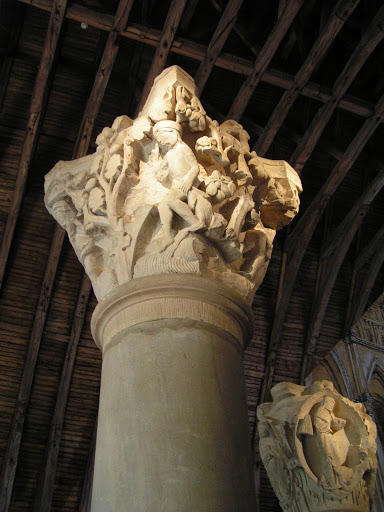
Cluny, the second Rome
The spiritual wonder of the Western world
Once the world’s largest church until Saint Peter of Rome, the Benedictine abbey, built in the small Burgundy town of Cluny in the 12th century, soon became the symbol of a monastic renewal in Europe. Vibrant and leading intellectual center, the Abbey spread all around Europe to over 1200 sites and exerted considerable influence on European politics until its destruction during the French Revolution.
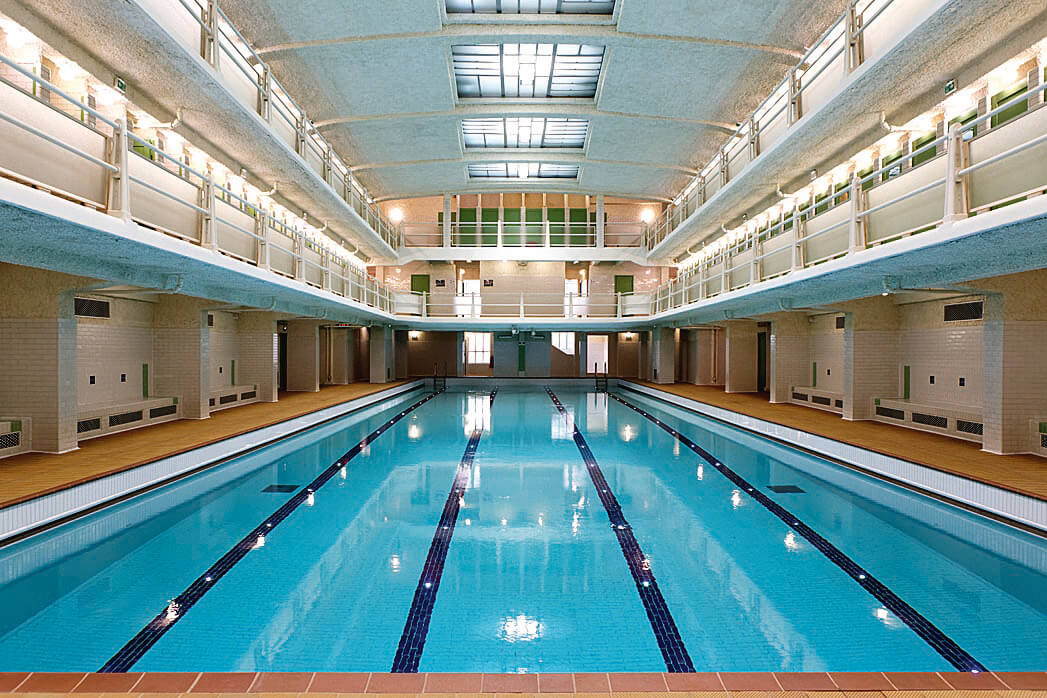
Henri Sauvage
The recent reopening of the sumptuous villa Majorelle in Nancy shed a light on an unfairly forgotten architect: Henri Sauvage (1873-1932). Key figure of several architectural movements, he left us a vast variety of buildings, both private and public commissions.
With many different buildings all around France, and many distinctive ones, still visible in Paris, he greatly influenced architects from the second half of the 20th century.

May 1968 in France
Initiating from an anti-Vietnam war movement, the 1968 students protest quickly bore more social and political claims. If the revolts spread in many countries around the world, the French one progressed with general strike in the whole country with demands linked to feminism, ecology, social and union rights, equality and vast changes in the French society.
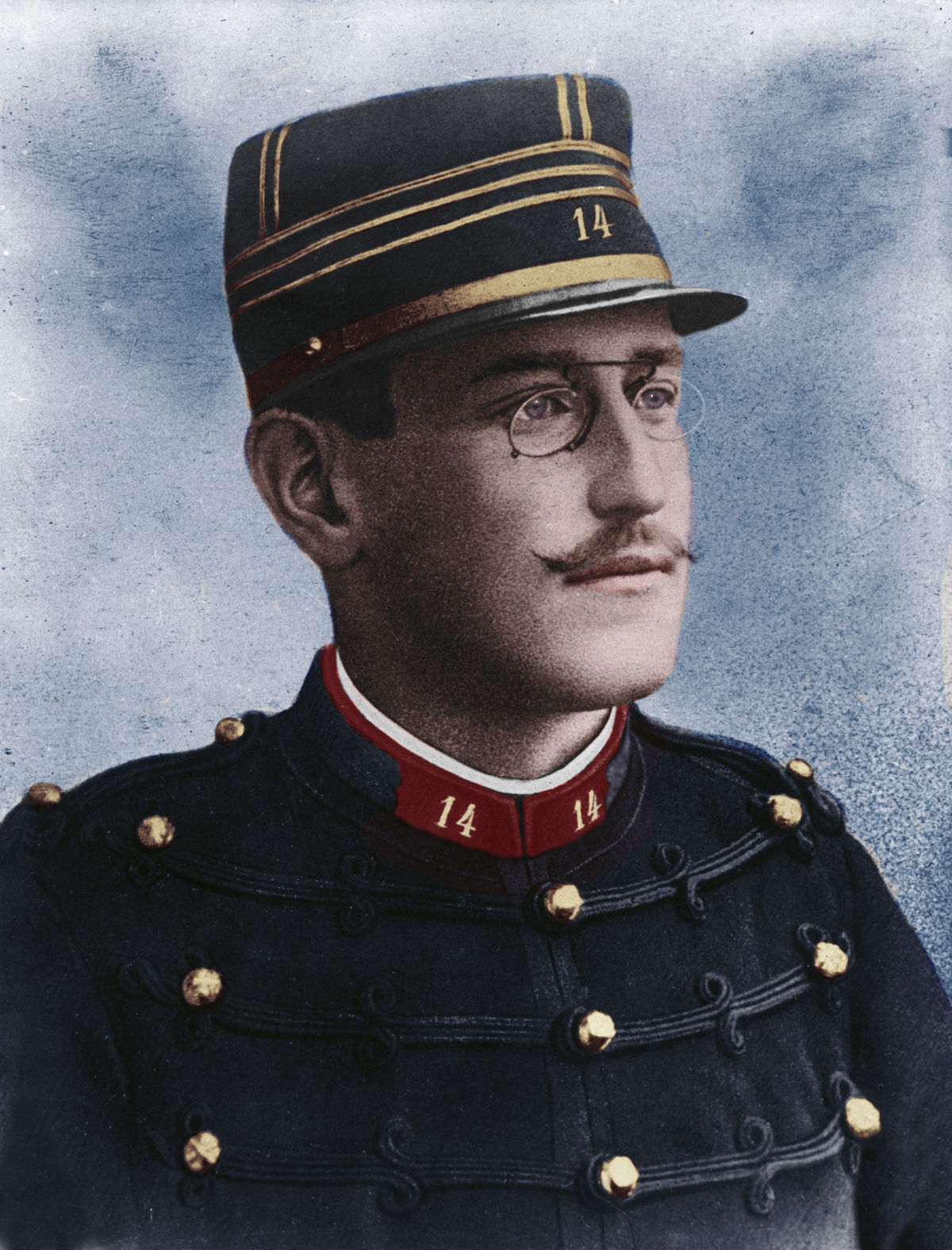
The Dreyfus affair
Alfred Dreyfus, a French Jewish officer, epitomizes the fate of a single man facing fury and ruthlessness. The accusation, against him for treason, his trial and sentencing to the gallows in terrible conditions, led to unprecedented opposition, within France between part of the country against the other, but also echoing in the whole world.

Vauban and the iron border
Focus on the life and work of Louis the 14th‘s marshal who revolutionized military engineering, promoters of new techniques both defensive and for siege warfare. Vauban is also a precursor of the Enlightenments, a social critic of absolutism, but above all, a fantastic builder, leaving us more than 150 fortified sites, now including 12 UNESCO listed in France.
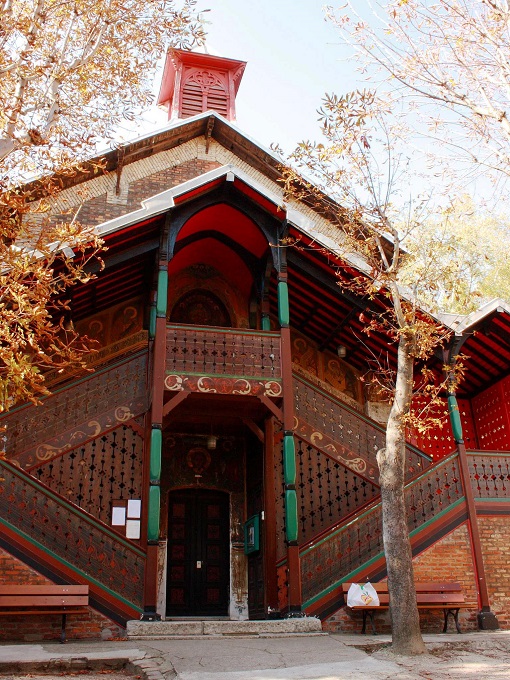
Russian Paris
Churches, houses, name plaques… The Russian legacy in the greater Paris region is amazing. Did you know up to 1 million Russians emigrated to France in the years following the 1917 Russian Revolution? They brought traditions, lifestyles and cultures in many ways still visible today.
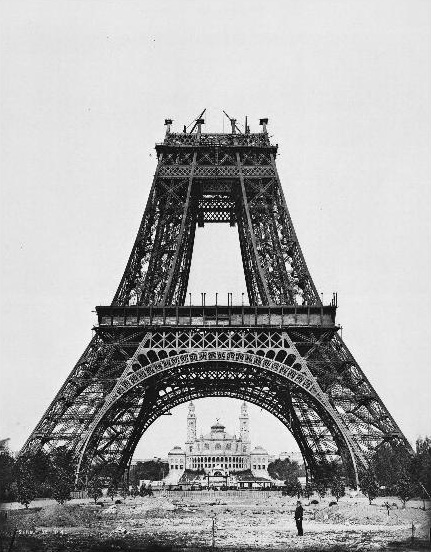
Paris World Fairs
Review of all international exhibitions held in Paris from 1855 to 1937, including the Colonial exhibitions. On top of unusual and usually outstanding buildings set up for the occasion and usually knocked down at the end of the show, we’ll see that many remnants are still everywhere around the City of Lights. Discover wonderful houses and artist workshops in remote alleyways, well hidden behind closed doors!
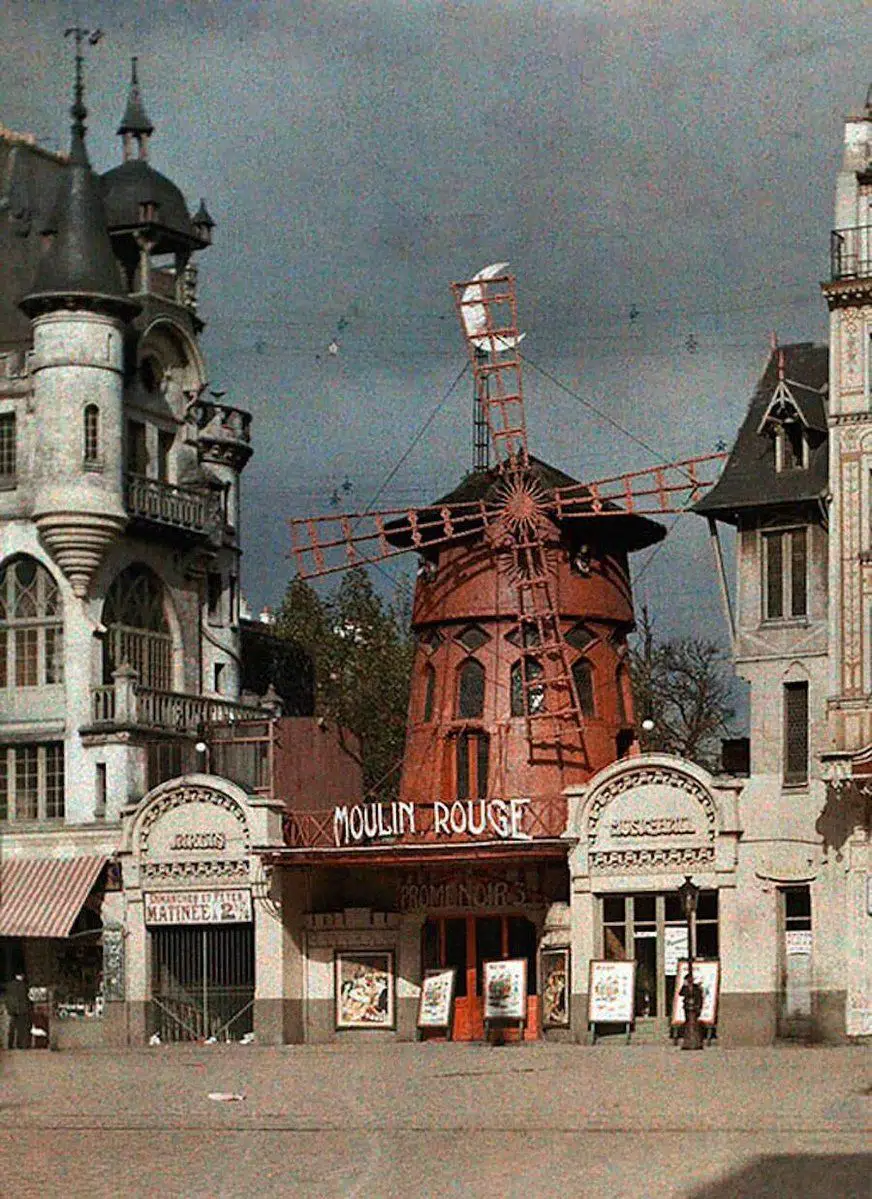
Infamous Pigalle
Pigalle has for a long time been the most famous red light district in Paris. With numerous cabarets and nightclubs, the mafia and all kinds of crimes were never far behind. Let’s dig a little deeper and explore what the area looked like in the most notorious era, between the 1900’s and the 1990’s.
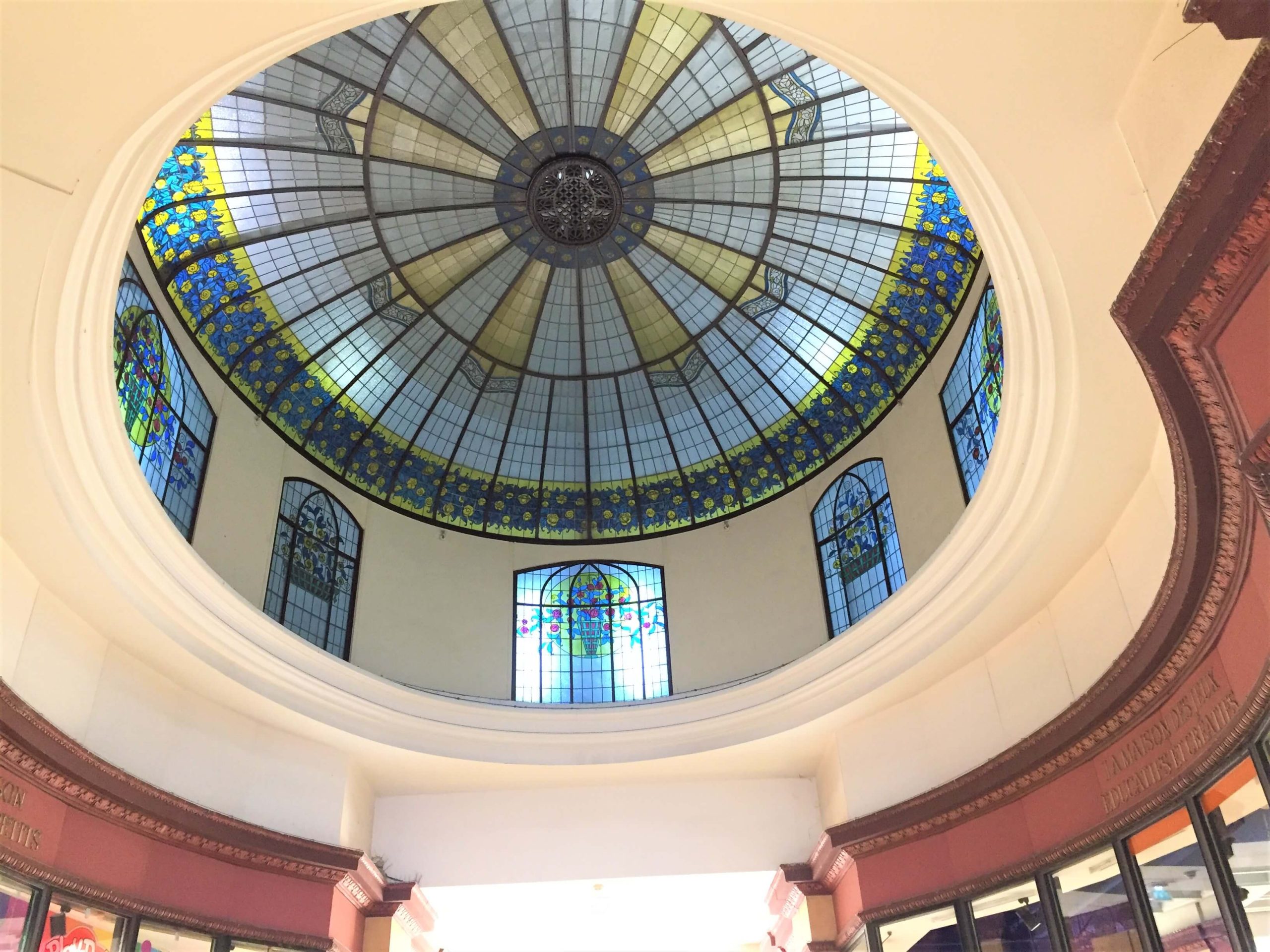
Parisian passageways
True pillar of Parisian identity, the commercial passages’s heyday was mainly in the 19th and beginning of the 20th century. Often abandoned or destroyed, there are less than 30 that we will discover together. The virtual discovery of all these architectural gems will cover either touristic, prestigious, full of life, thematic, ethnic, neglected, secret or even disappeared passages and galeries.
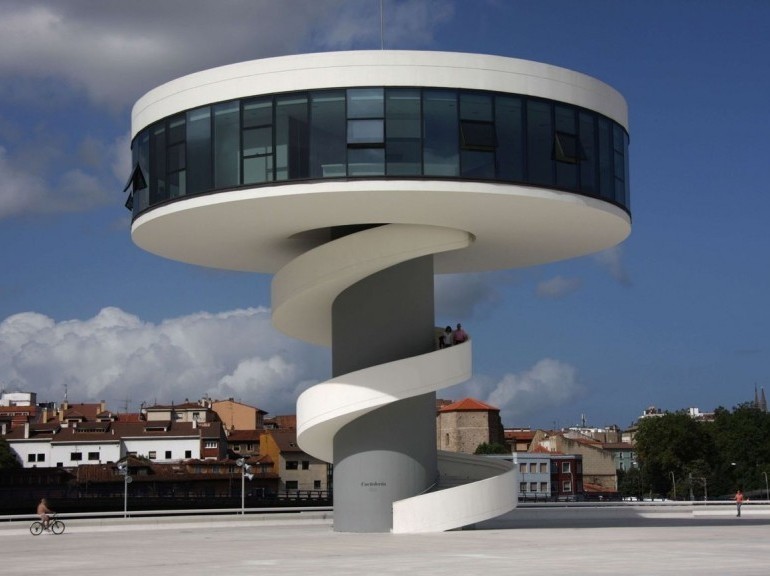
The work of Oscar Niemeyer
Oscar Niemeyer began his activities in 1936 under the aegis of the architect Le Corbusier. By subsequently developing a free style based on reinforced concrete, he left his mark all over the world, particularly in Brasilia, which earned international notoriety, but also within the French capital and in Seine-Saint- Denis, during his 21-year exile in France.

Building Paris with Louis the 14th
Along with Versailles, the Sun king had a tremendous impact in Paris. On top of noteworthy buildings, the modern city owes him several squares, major roads, as well as a certain way of life. On top of that, most of the future Western orientation of the city was planned by the King himself.
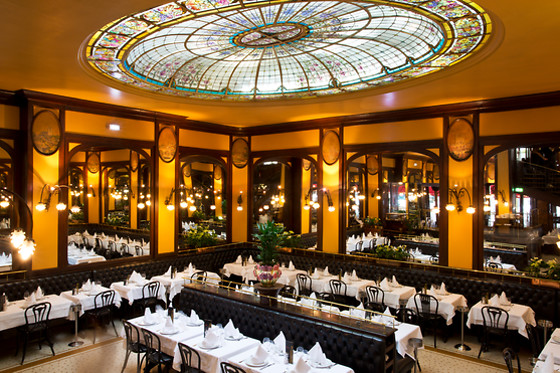
Legendary brasseries of Paris
The Great Paris brasseries
Paris hosts true gastronomic institutions, sacred temples of French haute cuisine! In addition, most of these iconic places witnessed countless historical events and famous people. The opportunity to review these addresses that remain eternal. Fashions come and go, but the brasseries are still there, and more are coming up!
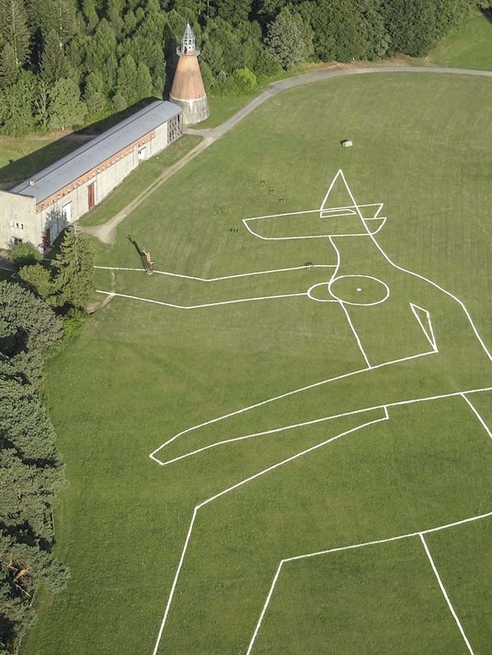
Unknown and fabulous destinations in France
France has much more to show than Versailles, the Loire Valley or Mont-Saint-Michel. This guide will focus on 12 great sites to see once in your life. Let’s look at France in a new light with a completely subjective and deliberately eclectic selection that will hopefully be part of your next travel musts.
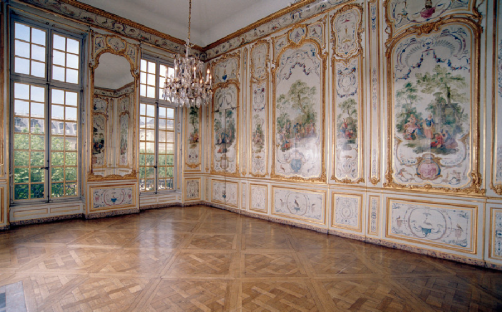
Crime and Nobility in the Marais
Explore the most beautiful Hôtels Particuliers (private mansions) of the Marais district and their stately decors hidden behind closed doors. If the Marais is well known for harboring the highest nobility in the 17th and 18th century, we’ll see a few addresses got also in the spotlight for rather darker sides.
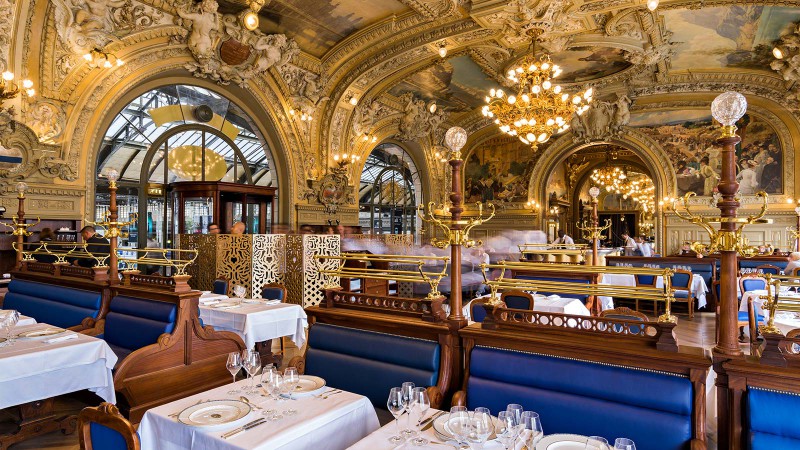
Must see restaurants in Paris
Finest Paris restaurants
Overview of the most famous restaurants in Paris. Sometimes, walking into a restaurant is like going back in time and emerging into a long gone Paris. Some of them have existed for more than three centuries while others are fairly recent but all of them have fascinating stories and stand as true cultural landmarks of the French capital.
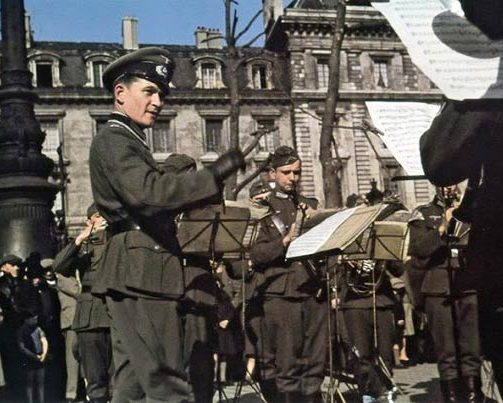
The Occupation of Paris
Overview of the main places used by the Germans to house soldiers, officers and Army headquarters in Paris as well as the buildings housing the Gestapo (French and German) or the Secret services. With sometimes rare photos, this lecture will also display, among others, leisure locations requisitioned by the Occupant: restaurants, cafés, cabarets…

Bridges of Paris
All the bridges of Paris
Overview of all the famous bridges of Paris, from the bridges with houses built along and now disappeared to all those still standing over the river Seine. Witnessing fashion or technology, they’re all part of the city’s historical and endless expansion. Non realized projects, stories and of course, special anecdotes will complete the lecture.
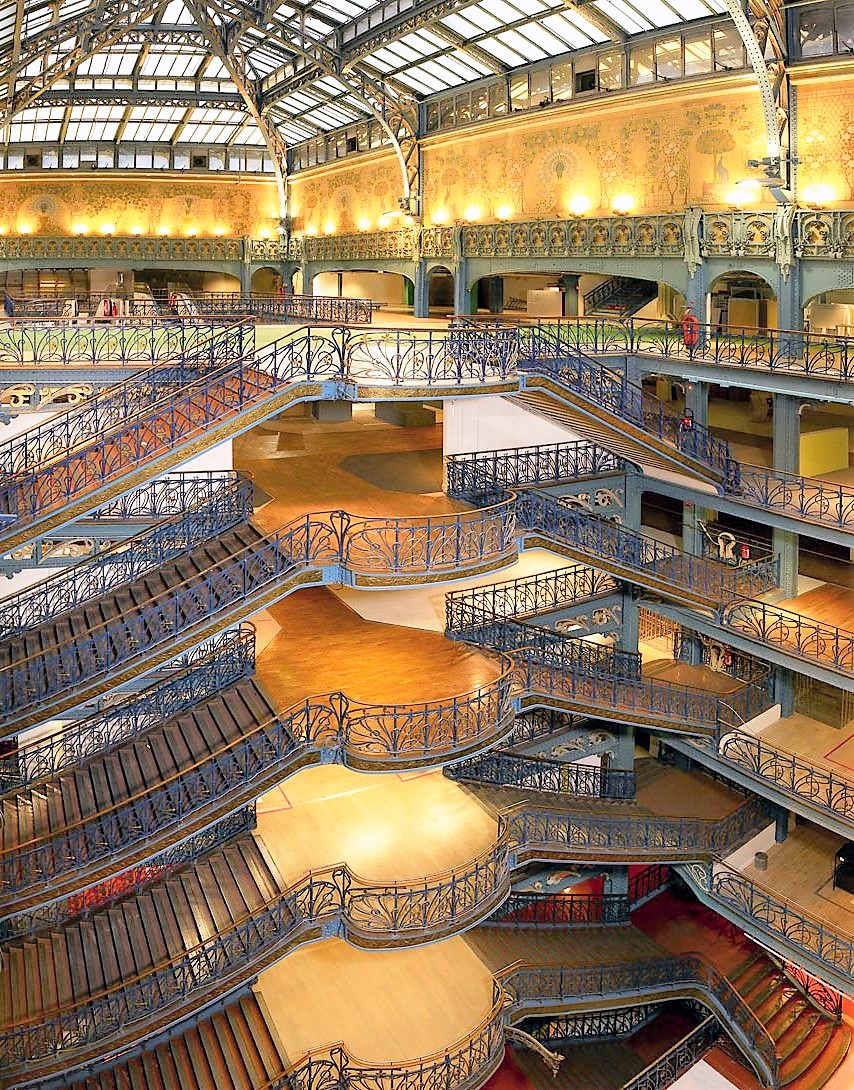
Iconic Department Stores
The fantastic adventure of Parisian Department stores
Starting from Medieval haberdasheries, new habits emerged in the 18th century led by a few notable dressmakers, also handling fashion accessories for women. From then on novelty stores will open, leading to a shopping craze for the booming bourgeois class.
A few years later, urban developments enabled a few entrepreneurs to open impressive and prestigious department stores.
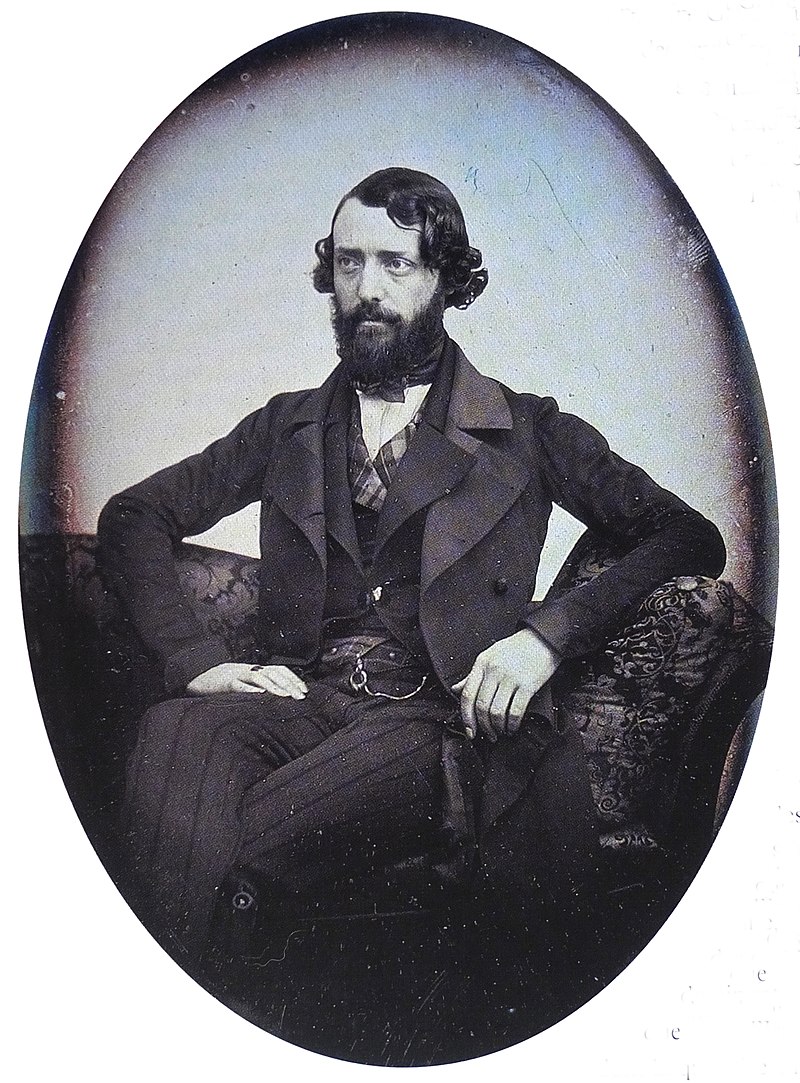
Viollet-le-Duc the illusionnist
The inventor of the Middle Ages
The most famous architect of the 19th century distinguished himself with several books but also with ambitious restorations of well-known monuments, such as Mont Saint Michel, Carcassonne, the Sainte Chapelle and of course Notre Dame de Paris.
The renovations multiplied during the Second Empire and are still admired today, even if at the time just like as now, voices raised against the many liberties that Viollet le Duc was able to take with the original architecture.

Lost Paris
In its constant evolution, Paris has often built on top of more ancient buildings. From fantastic fountains to palaces, river to circus, train stations to fancy ballrooms, Paris lost countless constructions. Overview of the treasures, beauties or odd places destroyed by avid real estate developers or cold city planers.

Art Nouveau in Paris
The most beautiful Art Nouveau buildings all around Paris
Let’s go back in time and explore the most beautiful constructions built during the Art Nouveau heydays. From the 1890’s and during around 20 years, the most daring and unexpected buildings will emerge all around Paris. Acclaimed or despised back then, they are definitely strong landmarks of Parisian architecture.

The Jewish Marais
History of the most emblematic Jewish quarter of Paris
Through visuals and photos, Explore the Jewish quarter, nestled into the old “Pletzl”, in the heart of the Marais and uncover the great history of the Jews in Paris.
Discover several synagogues and hidden oratories, two museums, schools, shops and typical streets, as well as several places and institutions symbolic and lesser known of the tourist crowds daily strolling the streets.
